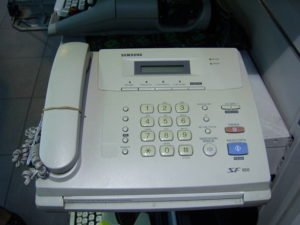 Building Trust When Using International Conference Calling
Building Trust When Using International Conference Calling
International conference calling offer a convenient way to interact with colleagues, partners, customers, and business associates around the world. They reduce, if not eliminate completely, the need for travel, and they can save your organization thousands of dollars each year as a result.
Due to their international nature, however, cultural differences often come into play. Trust plays an important role in building strong relationships, and this is true across cultural and geographic boundaries. With that in mind, how do you build and maintain trust over great distances and without the opportunity to interact in person face-to-face?
Holding regular international conference calling sessions is a great way to get started. It’s not just the act of communicating regularly that builds trust though. Rather, you’ll want to be aware of the different ways trust is built from a cultural standpoint and then structure your conference calls so that they lay the foundation for trust.
In the United States, trust is typically assumed and later validated by actions. Thus, people will assume a new team member is trustworthy and later, when he or she comes through with a win, that assumption will be validated. People from some countries have low trust levels to start with and will assume the new person is untrustworthy or has bad intentions. In many parts of the world, business discussions won’t even take place until after extensive social discussions on non-business topics.
Let’s say that you’d like to hold an international conference call with a potential offshore business partner. You’ll likely need to build trust before talking business. In fact, you might need to do so beforehand in order to even schedule the global call.
Below are a few examples of how you can begin building trust:
• Ask a trusted, mutual intermediary (such as a supplier you have in common) to arrange the meeting. This takes advantage of word-of-mouth. In essence, the intermediary trusts you, and since the other person trusts the intermediary, you’ll be more trusted by extension.
• Hold a get acquainted call before the global conference call to introduce yourself and socialize a little. You could even get a virtual phone number for the person’s own country and leave that number (which would be local to their country) as a callback number.
• Use a photo of yourself in your email signature line. This is a great way to become more approachable. It makes you more “real” to the other party and not just a faceless name in their inbox.
• Find common ground. This is always desirable, and even more so in countries where personal relationships must be established before business. If you’re a big sports fan, you might ask if they’re following the latest global sports event such as FIFA or Formula 1 racing.
• Be authentic. The other party’s probably as curious about you and your culture as you are about theirs, so be yourself — with appropriate professional, business, and cultural boundaries, of course.
• Make it easy to join the international conference call. This could be as simple as providing a local or toll-free access number specific to the other person’s country or using the moderator dial-out function. Our 24/7 operators are also available to make the connection. Make sure to select a convenient time for the call that corresponds with the other party’s country’s traditional business hours.
International conference calling | the first step
During the global conference call, it’s a good idea to introduce everyone on the call. Who are they? Where are they from? What’s their role?
You might even have each person share a fun fact about themselves to help break the ice. From there, explain the purpose of the call, clearly defining the mutual benefit of it. This is known as declaring your intent.
It’s a great way to build credibility and provide others with something to measure your actions against. For example, do you do what you say you’re going to do? Finally, deliver as promised.
As you gain trust, keep the momentum going by staying in touch and building a strong personal and business relationship.























